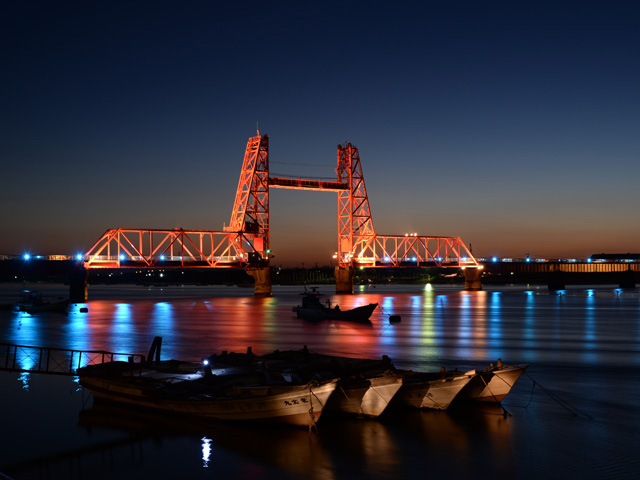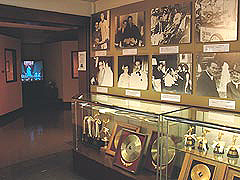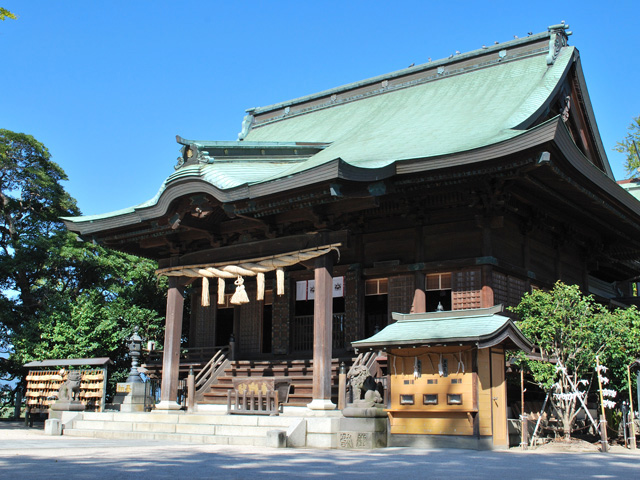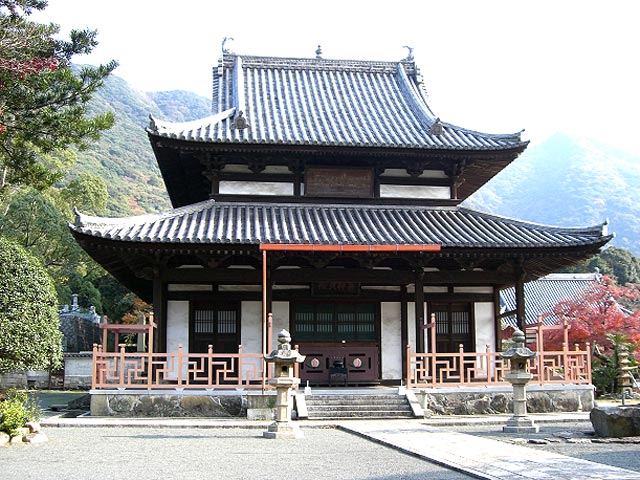
大川温泉 貴肌美人 緑の湯
太古の昔、若返りの薬として珍重されたフルボ酸を含む大川温泉をたたえた日帰り温泉施設。阿蘇の噴火がもたらした奇跡の温泉とうたわれ、その水質は数々の実験で抗酸化作用が認められている。内湯のほかにも、露天風呂、ミストサウナ、家族風呂、食事処、ボディケアルームなども備える。
Info
Business Hours
Price
Spot Category


The information provided reflects the details available at the time of the survey.
Please note that facility details may change due to the facility’s circumstances, so please check for the latest information before visiting.
This content has been translated using machine translation.
Information provided by: JTB Publishing
The content uses an automatic translation service, which is not always accurate.
The translated content may be different from the original meaning, so please understand and use it.

太古の昔、若返りの薬として珍重されたフルボ酸を含む大川温泉をたたえた日帰り温泉施設。阿蘇の噴火がもたらした奇跡の温泉とうたわれ、その水質は数々の実験で抗酸化作用が認められている。内湯のほかにも、露天風呂、ミストサウナ、家族風呂、食事処、ボディケアルームなども備える。

大川市にある酢造。高橋清右衛門が酢造商いを始め、以来300年もの間、酢屋を営んでいる名店。町屋造りの建物ではお酢の販売のほか、2階にはお酢を使った料理が楽しめるレストランも。

柳川市の北隣・大川市出身の作曲家、約4000曲の作品を残した古賀政男を記念して、昭和57年(1982)に開館。書斎やレッスン室が再現され、ギターなど愛用の品々が展示されている。所要30分。

A town where temples were collected during the Edo period for the defense of Kurume Castle. It is lined with 17 temples, and still retains the features of the Edo period. In each quaint temple there are tombs of many of the predecessors who were active in Kurume. The most well-known people are King Shishi Takayama Hikokuro, the founder of Kurume mochi, Inoue Den, the founder of Kurume Atsuji, Motozo Sakamoto, and the Western painter Harue Koga.

Sōhō-gū of Suiten-gū, which is located throughout the country. The beginning was that Ise, who served Emperor Andoku's birth mother, Takakura Taira Nakamiya [Azechi no Tsuboune], enshrined the spirit of the Heike, who had perished in the Battle of Nōnoura, to mourn. It is known as the guardian deity of asanis, child-giving, water-relief, and children.

The temple of Obaku sect in a corner of Adachi Forest Park. The feudal lord, Tadamasa Ogasawara, was erected in Kanbun 5 (1665). It was later vanished by military fire and fire of Chōshū Cavalry at the end of the Tokugawa period. The main hall was rebuilt in Kyoho 2 (1717). Kaesando and others were built after the Meiji era. There is a garden behind the main hall, and the Sesshu Garden, which has natural stones in a borrowed view of Mount Ashitate, is a must. Please note that some of the precincts in the direction of the back mountain are unwatchable.
This website uses cookies so that we can provide you with the best user experience possible. Cookie information is stored in your browser and performs functions such as recognising you when you return to our website and helping our team to understand which sections of the website you find most interesting and useful.
Strictly Necessary Cookie should be enabled at all times so that we can save your preferences for cookie settings.
If you disable this cookie, we will not be able to save your preferences. This means that every time you visit this website you will need to enable or disable cookies again.
